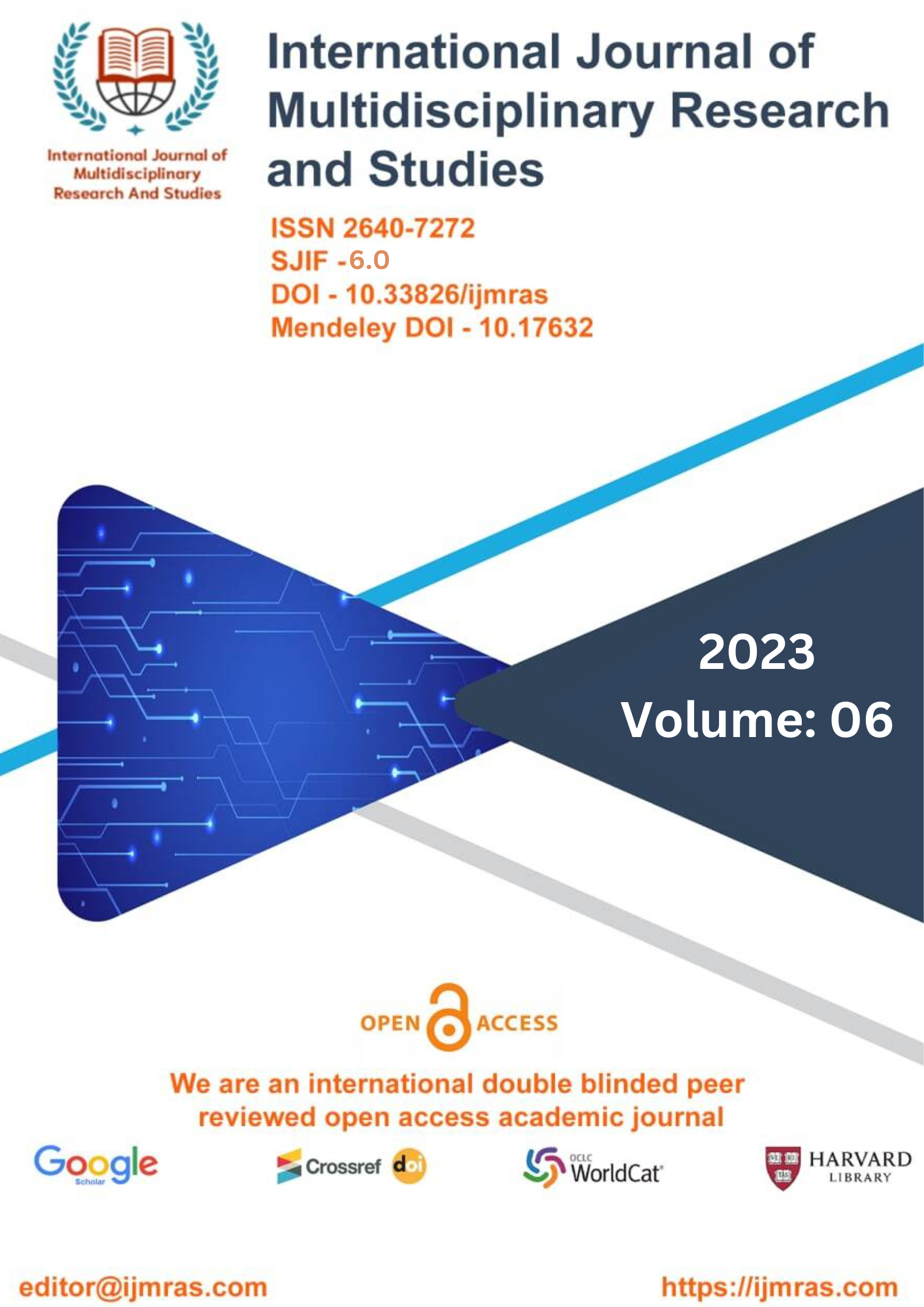Experiential and Joyful Learning-Marine Edutourism (Ejoy-Me) Based on Kuala Selangor Nature Park Potential to Improve Environmental Literacy

Abstract
Kuala Selangor Nature Park has the potential to be packaged as a learning resource to increase environmental literacy through the Experiential and Joyfull Learning-Marine Edutourism (EJoy-ME) learning model. The purpose of this activity is to implement EJoy-ME for Kuala Lumpur Indonesian School students to increase environmental literacy. Activities focused on the open mind EJoy-ME model for SIKL teachers, developing learning tools based on the potential of the Kuala Selangor Nature Park mangrove ecosystem, and implementing EJoy-ME according to the syntax. The implementation of EJoy-ME has proven to be able to increase the environmental literacy of Kuala Lumpur Indonesian School students. This also gets a positive response from students, namely providing environmental material satisfaction, location selection, satisfaction of the learning process.
Keywords
Experiential Learning, Marine Edutourism, Environmental Literacy, Environmental EducationHow to Cite
References
Doering, A., & Veletsianos, G. (2008). Internet and Higher Education What lies beyond effectiveness and efficiency? Adventure learning design. The Internet and Higher Education, 11(3–4), 137–144. https://doi.org/10.1016/j.iheduc.2008.07.004
Hayati, R S. (2017). Edutourism Taka Bonerate National Park through Scientific Approach to Improve Student Learning Outcomes. Journal of Physics: Conference Series, 755(1), 1–7. https://doi.org/10.1088/1742-6596/755/1/011001
Hayati, Riza Sativani. (2016). Potential of Rammang Rammang Maros as Learning Resources Through Ecotourism Potential of Rammang Rammang Maros as Learning Resources Through Ecotourism. 1, 527–532.
Hayati, Riza Sativani. (2020). Environmental education based on experiential learning to increase environmental literacy. Humanics, 20(1), 63–82. https://doi.org/10.21831/hum.v20i1.29039
Hayati, Riza Sativani, Putu, IG, & Paidi. (2021). Marine edutourism based on the local wisdom of the Bajo Tribe in Wakatobi National Park as an alternative environmental education. International Conference on Education, Teacher Training, and Professional Development, August, 45–50.
Jahid, A. (2021). Abundance Distribution of the Mangrove Gastropods of Kuala Selangor Nature Park, Selangor. Academia Letters, March 2021, 1–9. https://doi.org/10.20935/al562
Jose, S., Patrick, P.G., Moseley, C., Jose, S., Patrick, P.G., & Moseley, C. (2017). Experiential learning theory : the importance of outdoor classrooms in environmental education. 8455(August). https://doi.org/10.1080/21548455.2016.1272144
Joseph, M. M. (2021). Checklist of spiders in Kuala Selangor Nature Park CHECKLIST OF SPIDERS IN KUALA SELANGOR NATURE. March.
Kalafatis, S. E., Neosh, J., Libarkin, J. C., Whyte, K. P., & Caldwell, C. (2019). Experiential Learning Processes Informing Climate Change Decision Support. Weather, Climate, and Society, 11(3), 681–694. https://doi.org/10.1175/wcas-d-19-0002.1
Koutsoukos, M., Fragoulis, I., & Valkanos, E. (2015). Connection of Environmental Education with Application of Experiential Teaching Methods : A Case Study from Greece. 8(4), 23–28. https://doi.org/10.5539/ies.v8n4p23
Latif, R. abd., Sekaran, H.R., Saaidin, M., & Tian, C.B. (2020). Assessing Ecotourism Products At Kuala Selangor Nature Park, Selangor. International Journal of Management, 11(12). https://doi.org/10.34218/ijm.11.12.2020.035
Lucardie, D. (2014). The Impact of Fun and Enjoyment on Adult's Learning. Procedia - Social and Behavioral Sciences, 142, 439–446. https://doi.org/10.1016/j.sbspro.2014.07.696
Nurwaqidah, S., . S., & Ramli, M. (2019). Environmental Literacy Mapping Based on Adiwiyata and Non Adiwiyata at Junior High School in Ponorogo. In KnE Social Sciences (Vol. 3, Issue 15, p. 179). https://doi.org/10.18502/kss.v3i15.4365
OECD. (2009). Green at Fifteen? How 15-year-olds perform in environmental science and Geoscience in PISA 2006. OECD.
Omar, H., Husin, TM, & Parlan, I. (2020). Status Of Mangroves in Malaysia. In Forest Research Institute Malaysia. Tianhan Print. https://doi.org/10.1021/ie50647a010
Shin, L.S., Muhamad, A., & Tong, J. (2015). Mangroves: Guidebook for Malaysia. Wetlands International Malaysia.
Shishkova, M. (2021). Social capital and entrepreneurship development in rural areas. Journal of Environmental Protection and Ecology, 22(1), 378–385.
Stehli, F.G. and, & Wells, J.W. (2014). Diversity and age patterns in hermatypic corals. Systematic Zoology, 20(2), 115–126. https://doi.org/10.2307/2412052
Szczytko, R., Stevenson, K., Peterson, MN, Nietfeld, J., & Strnad, RL (2018). Development and validation of the environmental literacy instrument for adolescents. Environmental Education Research, 4622, 1–18. https://doi.org/10.1080/13504622.2018.1487035
Yang, FX, & Lau, VMC (2019). Experiential learning for children at World Heritage Sites: The joint moderating effect of brand awareness and generation of Chinese family travelers. Tourism Management, 72(June 2018), 1–11. https://doi.org/10.1016/j.tourman.2018.11.011
License
Copyright (c) 2023 RIZA SATIVANI HAYATI, AINUN JARIAH, JULIA ASTUTIK, MUHAMMAD WAJDI, RAHMATIA THAHIR

This work is licensed under a Creative Commons Attribution 4.0 International License.
Individual articles are published Open Access under the Creative Commons Licence: CC-BY 4.0.



